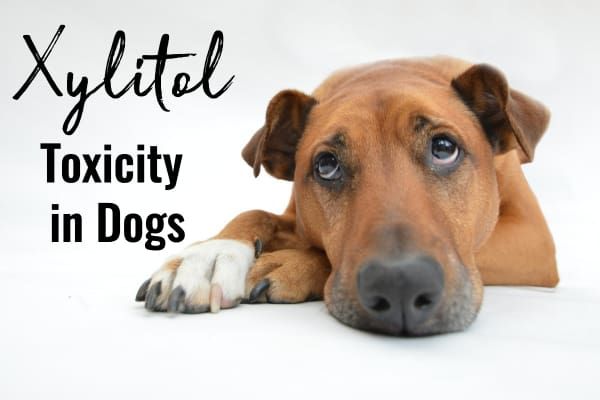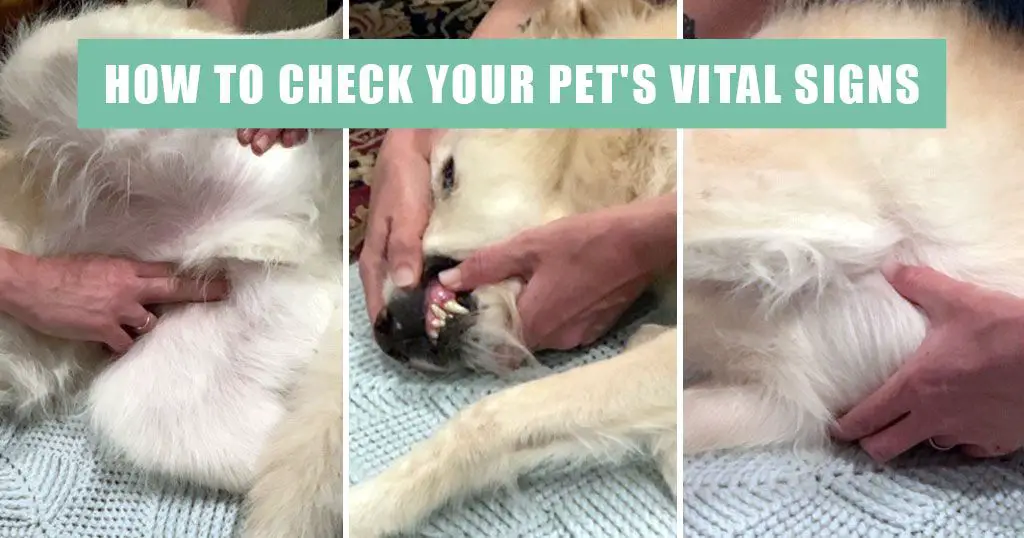What is Xylitol and Why is it Dangerous for Dogs?
Xylitol is a common artificial sweetener found in many sugar-free gums, candies, baked goods, and other products. While xylitol is safe for human consumption, it can be extremely toxic and dangerous to dogs.
When dogs ingest xylitol, it is quickly absorbed into the bloodstream and causes an insulin release, resulting in a rapid and severe drop in blood sugar levels. Even small amounts of xylitol can cause hypoglycemia in dogs.
The effect of xylitol on dog’s blood sugar is much more pronounced than in humans. While xylitol does not significantly affect blood sugar levels in people, in dogs it can cause a rapid, substantial decrease within 30 minutes of consumption. This rapid drop in blood sugar can lead to weakness, lethargy, vomiting, seizures, coma, and even liver failure in dogs.
Xylitol toxicity can occur in dogs with the ingestion of as little as 0.1 grams per kilogram of body weight. To put this in perspective, one piece of sugar-free gum can contain 0.3-0.4 grams of xylitol. Therefore, ingestion of just a couple pieces of gum can potentially cause hypoglycemia in a 20 pound dog.
Because of its potential to rapidly endanger a dog’s health, it is extremely important to keep products containing xylitol well out of reach of dogs. Even small amounts should be considered toxic. If ingestion is suspected, immediate veterinary treatment is essential.
Signs of Xylitol Poisoning
The symptoms of xylitol poisoning in dogs often develop quickly, within 15-30 minutes after ingestion, as the substance is rapidly absorbed.
One of the first signs is vomiting. This is often followed by signs of weakness, trembling or seizures. Xylitol toxicity can also cause a rapid drop in blood sugar level, resulting in weakness, lethargy and collapse.
More serious signs of toxicosis include increased heart rate, abnormal heart rhythms, and even liver failure. The liver injury occurs as xylitol metabolism overwhelms the organ’s capacity. Liver enzymes will be markedly elevated on blood work.
Seizures, coma and death can occur if left untreated. Smaller dogs tend to develop more significant problems as they cannot metabolize xylitol as effectively. The prognosis is typically good if treated early before irreversible liver damage occurs.
How Much Xylitol is Toxic?

Xylitol can be extremely dangerous for dogs, even in small amounts. As little as 0.1 grams of xylitol per kilogram (2.2 lbs) of your dog’s body weight can potentially cause hypoglycemia, liver failure, and even death.
The amount of xylitol that is toxic depends on a few factors:
- The amount of xylitol ingested – More xylitol means greater risk
- Your dog’s weight – Small dogs need to ingest less xylitol than larger dogs to suffer toxic effects
- The concentration of xylitol – Products like gum and candy have a higher concentration
As an example, a 20 lb dog would only need to eat around 0.4 grams of pure xylitol to reach the toxic 0.1 g/kg threshold. However, with lower concentrations found in things like sugar-free gum, they would need to consume significantly more to reach toxic levels.
If you suspect your dog has ingested xylitol, call your vet or animal poison control right away, even if you are unsure of the amount. Do not wait for symptoms to appear, as quick treatment is critical.
First Aid if Your Dog Eats Xylitol
If you discover your dog has ingested xylitol very recently, within the last 30-60 minutes, you may be able to prevent absorption by immediately inducing vomiting. Use 3% hydrogen peroxide and give 1 teaspoon per 10 pounds of body weight. Never induce vomiting without first consulting your veterinarian or pet poison helpline.
Check your dog’s blood glucose level if you have a glucometer available. Low blood sugar, called hypoglycemia, is a common complication of xylitol toxicity. Continue monitoring blood glucose every 2-3 hours and feed small, frequent meals of high-carb food such as boiled white rice mixed with low-fat cottage cheese.
Bring your dog to the vet clinic as soon as possible even if they seem normal. Your vet will likely start intravenous (IV) fluids to maintain hydration and give IV dextrose to increase blood glucose. Aggressive therapy in the first few hours can significantly improve the prognosis.
Treatment at the Vet
If your dog eats xylitol, it is crucial to take them to the vet immediately for aggressive treatment. At the vet clinic, the focus will be on protecting the liver, stabilizing blood sugar levels, and treating any seizures or other symptoms.
The main treatments the vet will likely administer include:
- Aggressive IV fluids and glucose to stabilize blood sugar and promote urination to flush out toxins
- Liver protectants like SAMe or Denamarin to help prevent liver damage
- Medications to control seizures and abnormal heart rhythms if they occur

Your dog will need to be closely monitored, likely for 24-72 hours. This allows the vet to watch for signs of liver failure and implement additional supportive treatments as needed. The goal is to maintain normal blood glucose levels and support liver function until the xylitol is out of the dog’s system.
With aggressive veterinary treatment started within 30-60 minutes of ingestion, many dogs recover well. However, xylitol toxicity can still be fatal in some cases, so prompt vet care is essential.
Prognosis and Outcomes
With quick vet treatment, many dogs fully recover from xylitol poisoning. The prognosis is often good if treatment begins within the first few hours of ingestion. However, delayed treatment leads to a higher risk of liver failure, hypoglycemia, and even death.
The mortality rate for dogs who have ingested xylitol is estimated to be around 33%. Dogs who receive prompt veterinary care have the best chance for a full recovery. However, even with treatment, some dogs develop liver damage or other complications.
Key factors that influence the prognosis include the amount of xylitol ingested and how quickly treatment is administered. The higher the xylitol dose and the longer before treatment, the poorer the outlook. However, every dog is different. With aggressive support therapy, some dogs can recover even after ingesting large amounts or experiencing a delay before treatment.
Overall, the prognosis depends on the individual dog and situation. But rapid treatment offers the best opportunity for survival and full recovery after xylitol poisoning.
Prevention Tips
There are several methods of prevention dog owners can take to avoid xylitol poisoning in their pets:

Keep xylitol products out of reach – Store any products containing xylitol well out of a dog’s reach, such as in cupboards they cannot access. Do not keep gum, mints, or candy in pockets or purses where dogs may be able to reach in and grab them. Place trash that may contain xylitol products where dogs cannot access it as well.
Train dogs not to ingest unknown foods – Work on training your dog to avoid eating anything you have not expressly given to them as a treat or meal. This will help curb their natural tendency to scavenge for food so they do not eat something harmful. Use reward-based training to teach them to “leave it” when they show interest in unapproved items.
Buy pet-safe sweeteners – When baking or buying treats for your pets, look for xylitol-free recipes and products made with pet-safe sugar substitutes like honey or maple syrup. Carefully read ingredient labels and avoid products with xylitol or generic ingredients like “sugar alcohols”. Opt for treats and foods designed specifically for canine consumption.
What Not to Do
While waiting for xylitol poisoning symptoms to appear or subside may seem logical, it is critically important not to delay getting veterinary treatment for a dog that has ingested xylitol. The toxin will begin damaging the dog’s liver quickly, so immediate medical care maximizes the chances of a full recovery. Do not wait to go to the vet if you know or suspect your dog has eaten any amount of xylitol.
Additionally, inducing vomiting by giving hydrogen peroxide or syrup of ipecac is not recommended if it has been more than 30 minutes since the dog ingested xylitol. At that point, the substance has likely already started to be absorbed into the bloodstream, so vomiting will not eliminate it. Forcing vomiting can actually cause further harm, so go straight to the vet without delay.
Lastly, never intentionally give any products containing xylitol to dogs. While the sweetener may be fine for human consumption, it is extremely toxic for canines. Be vigilant about keeping food and other items with xylitol safely out of your dog’s reach.
Signs of Liver Damage
If a dog’s liver is damaged from xylitol poisoning, some signs to watch for include:
- Jaundice – Yellowing of the eyes, gums, or skin. This is caused by a buildup of bilirubin, which is normally processed by the liver.
- Excessive bruising – Small blood vessels under the skin can break easily when the liver is not able to produce enough clotting factors.
- Vomiting – The liver helps regulate digestion, so liver problems can lead to nausea and vomiting.
- Abdominal pain – A damaged liver may become enlarged and tender, causing pain in the belly.
If any of these signs are observed in the days or weeks after a dog ingests xylitol, it’s very important to take them to the vet immediately for evaluation and treatment. Catching liver issues early on gives the best chance of recovery.
Long Term Monitoring
After your dog has recovered from the initial xylitol poisoning incident, there are some important things to monitor in the long run. Repeat liver enzyme tests should be performed periodically to check liver function. Elevated liver enzymes may indicate ongoing liver damage or disease. Your vet will advise on the timing for rechecking these levels.

Blood glucose levels should also be monitored. Hypoglycemia (low blood sugar) is a common side effect of xylitol ingestion in dogs. Your vet may recommend regularly checking your dog’s blood glucose at home if they suffered a severe drop previously.
Additionally, watch for any signs of liver disease which can develop over time after xylitol toxicity. Symptoms include yellowing of skin and eyes, vomiting, diarrhea, dark urine, increased thirst, fluid retention and abdominal swelling. Contact your vet immediately if you notice any of these issues.
While most dogs fully recover from xylitol poisoning, some may experience lingering liver damage. By monitoring key health parameters, you can stay on top of your dog’s condition and get veterinary help right away if any problems develop.